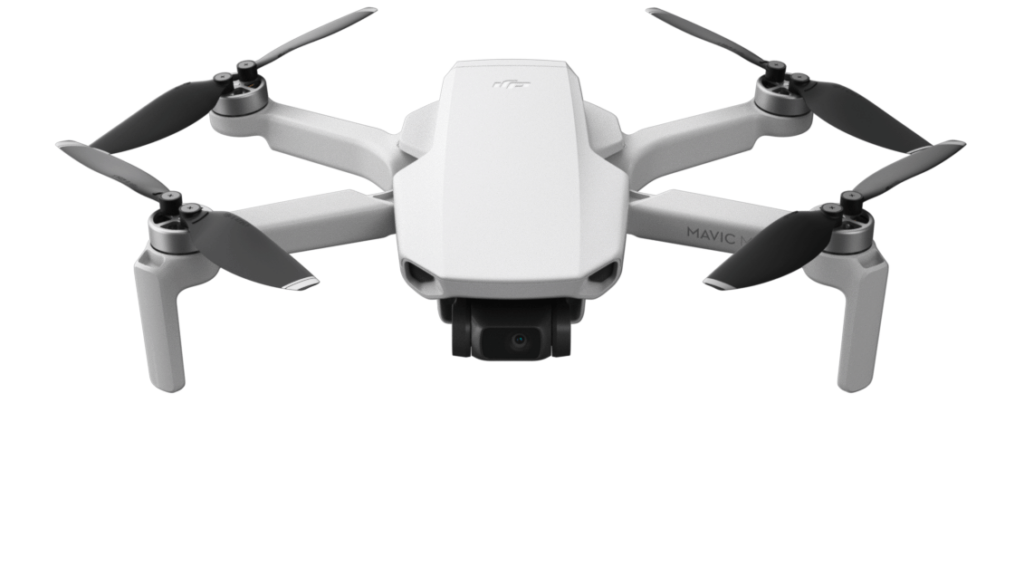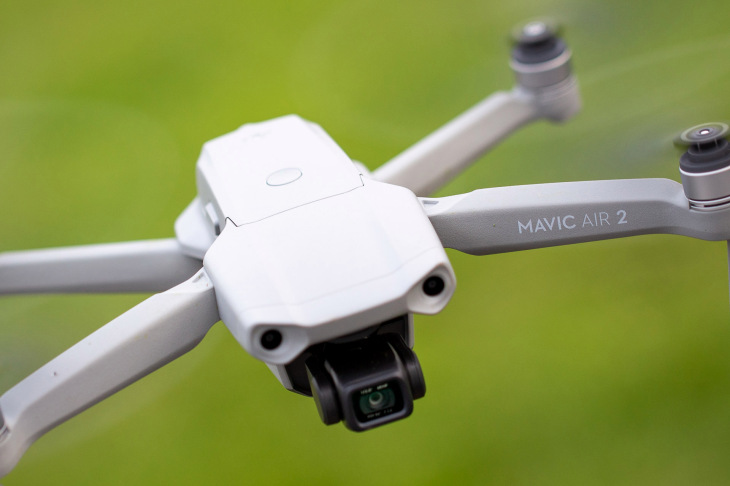Even though underwater or submersible drones have been in operation since the 1950s, and there are over 250 different configurations in service today, for the great majority of people, drone technology has been, and still is, limited to unmanned aerial vehicles (UAVs).
Dones come in all shapes and sizes and don’t just fly in the air. Some come swimming in the water!
Unmanned underwater vehicles (UUV), also known as submersible or underwater drones, are any vehicles that are able to operate underwater without a human occupant. These vehicles may be divided into the two categories of remotely operated submersible vehicles (ROUVs), which are controlled by a remote human operator, and autonomous underwater vehicles (AUVs), which operate independent of direct human input.
Submersible, or underwater drones, are one of the latest emerging drone technologies and industries. Some describe the submersible drone as a miniature submarine without people inside.
Until recently, the submersible drones were affordable to only businesses or research institutions, however, now underwater drones are within reach of just about anyone, since they can be purchased for as little as $1,000. They can be remotely controlled using a laptop or smartphone, and can submerge to depths of up to 100 meters.
Submersible drones have to be equipped with powerful lighting to be able to take clear pictures in a dark environment. Waterproof camera, with high resolution, are also a must so they can take underwater images or videos. Still, using underwater drones for videography and photography is definitely a lot less expensive than hiring an underwater diver for a day at least, or for a minimum of one day.
Underwater drones have numerous commercial applications, including:
- Environmental Assessments
- Search and Recovery
- Aquaculture
- Underwater Inspections (including tanks, piping, boat hulls, and propellers, etc.)
- Marine Research
- Marine Vessels
- Marine Structures
- Water Treatment
- Waste Water
- Bridges
- Hydroelectric Plants
- Heavy & Light Industrial Structures
- New Construction Projects
- Infrastructure
- Pulp & Paper Industries
- Petrochemical Industries
- Underwater Mines
- Underwater Research
- Wrecks or Wreckage Inspection
- Ship Hull Inspection
- Underwater Photography and Videography
- Ocean Mapping
- Law Enforcement
- Fishing
Three other methods of profiting from drones are:
- Offering one’s services as an operator of the drone
- Offering clients the resulting footage
- Renting out underwater drone equipment
The submersible drones vary in size, onboard horsepower, depth capability and whether they are all-electric or electro hydraulic.
Human divers can only submerge to certain depths (1000 feet or 300 meters), and the skill and danger involved makes deepwater diving dangerous and thus unrealistic. This is where the larger submersible drones are used for subsea surveying.
These vehicles may be divided into the two categories of remotely operated underwater vehicles (ROUVs), which are controlled by a remote human operator. These are sometimes called robots because they are similar to surgical robots, which also mostly require an operator. The autonomous underwater vehicles (AUVs) are called robots even more often because they operate independently of direct human input.
The micro drones are practical for many because they can be operated by just one person. They are used as an alternative to a diver where it might be physically difficult to enter, such a pipeline, a sewer, a small cavity or deep land water storage tanks, due to the size or weight (15 kg.). Because of their size and weight, these drones can probably be transported to a small boat by one person who can deploy it and operate it by himself.
The REMUS is a three-foot long robot used to clear mines in one square mile within 16 hours, which would most likely take a team of divers upwards of 21 days to perform the same task which would increase costs significantly.
The larger submersible drones used by the military are similar to commercial units that have been used by various commercial companies, such as oil companies, which use them for underwater exploration and by emergency services for search and rescue missions. The Navy used a Bluefin-21 to search for wreckage of Malaysia Airlines Flight 370, descending to 5,000 feet to scour the ocean floor.
The Navies of several countries, including the UK, France, Russia, and China, are currently creating unmanned vehicles to be used in oceanic warfare to discover and terminate underwater mines.
Legal Requirements
No matter which industry you select, it is always a good idea to gather some information about the legal requirements regarding using drones and operating a drone business, whether above or below ground.
Present & Future Opportunities
It is no secret that lakes and oceans are unexplored to a great extent. With the increasing demand for food, scientists are increasingly looking at the possibility of the ocean as a rich resource. At this time, therefore, we are at the cusp of exploring the seas. For those who have substantial resources, this is a promising investment in the future.
This article has shown that there are numerous ways to start a drone business. Most people who may find this technology and market of interest likely do not have considerable resources, yet there are underwater drones that have multiple areas of commercial applications, as well making them financially feasible for many.Some forecasters are estimating that the submersible drone industry will become a $5.20 billion market by 2022 with continued growth thereafter.



